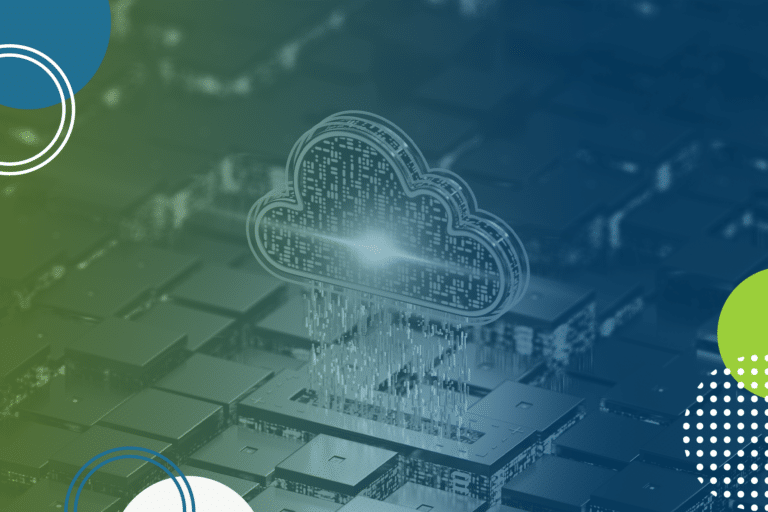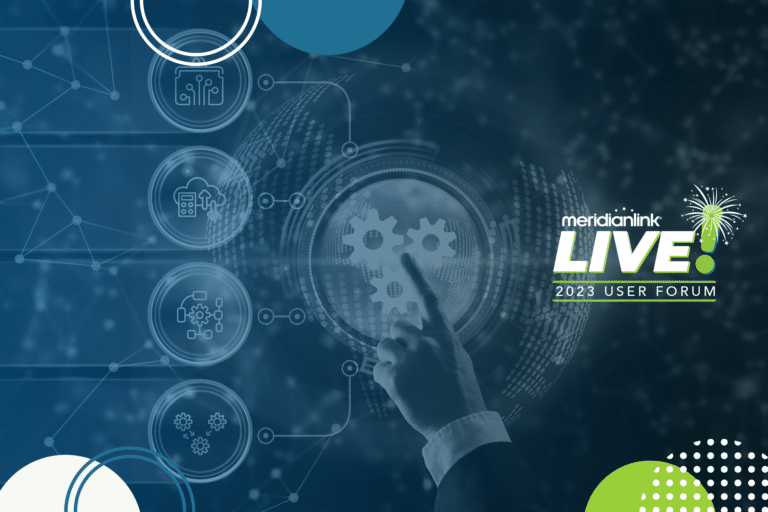As if we needed another reason to hate on 2020: It was a great year for fraudsters.
In a report released in September, the Association of Certified Fraud Examiners reported 83% of the professionals polled in 2020 said they experienced more hacking, malware and compromised email.
Identity fraud, meanwhile, continues to evolve. Consider an April 2020 study by Javelin Strategy & Research, “2020 Identity Fraud Study: Genesis of the Identity Fraud Crisis,” which found some troubling data: while the number of identity fraud victims has dipped, the consequences are worse, with perpetrators “inflicting damage that is more complex to prevent or remediate,” according to an overview.
It’s a sad fact: uncertain times mean more fraud. For financial institutions, defending themselves is a priority, but the cure can be worse than the problem.
Fraud Has Evolved While Solutions Haven’t
Fraud is hard to fight because it has evolved along with technology. According to credit reporting firm Experian PLC, fraud types include:
- First-Party Fraud: this involves an individual receiving something directly – such as a loan – which is never paid
- Third-Party Fraud: identity theft – a criminal uses the information of another user to open a new account
- Synthetic Identity Fraud: as a newer type of fraud that is difficult to detect, this is the creation of a false identity complete with fake credit scores and histories
Many organizations combat fraud by adding tools to their tech stack but the growing sophistication of such crime – including the use of AI – requires more than traditional methods of preventing fraud.
What’s more, fraud prevention can be a double-edged sword: while Know Your Customer (KYC) laws have been on the books for decades, many prospective customers find digital verification annoying. This isn’t a new problem: a two-year-old study by European security firm Signicat shows more than half of respondents abandoning an online finance application – with 40% citing the amount of required information as the chief reason.
Financial institutions find themselves on a narrow path. On one side are the risks fraud poses to them and their customers. On the other is the risk of driving prospects and customers away with burdensome security measures.
Predictive Analytics: A Tool That’s Evolving Against Fraud
Many security experts are looking to predictive analytics, which focuses less on an individual’s credentials and more on their behavior.
It’s useful in fighting synthetic identity fraud: instead of bombarding customers with security questions, analytics can look at an individual’s account-based relationships, examine credit histories and judge their behavior to determine if the identity is real.
Best of all, predictive analytics have a minimal impact on customers. Because analytics can look at various behaviors to verify identities, organizations can use a one-time passcodes that make verifying identities easier and reduce friction for reliable customers. When a security platform runs in parallel with online account opening software, customers get a more seamless experience, and is less likely to abandon the effort.
The Solution: Integrated Fraud & Identity Solutions
For a financial institution on the fence, integrating security and loan origination software (LOS) is an option worth considering. With cybercrime projected to cost $10.5 trillion annually in four years, it’s important for fintech to be up to the challenge.
That’s why we teamed up with our friends at Experian for “Mitigating Fraud Using Experian’s CrossCore,” a recent webinar hosted by MeridianLink’s VP of Strategic Development, Doug Glagola, and Experian Product Management Lead of Fraud & Identity Solutions, Chris Ryan.
The webinar details how to fight fraud (and mitigate risks of app abandonment) across the customer journey using Experian’s CrossCore® anti-fraud software and MeridianLink Consumer loan origination software.
Plus, you’ll get a peek at Experian’s emerging technology, including digital threat detection tools aimed at combating spyware and other malware. It’s a can’t-miss look at the future of financial security, and you can watch it on demand.






